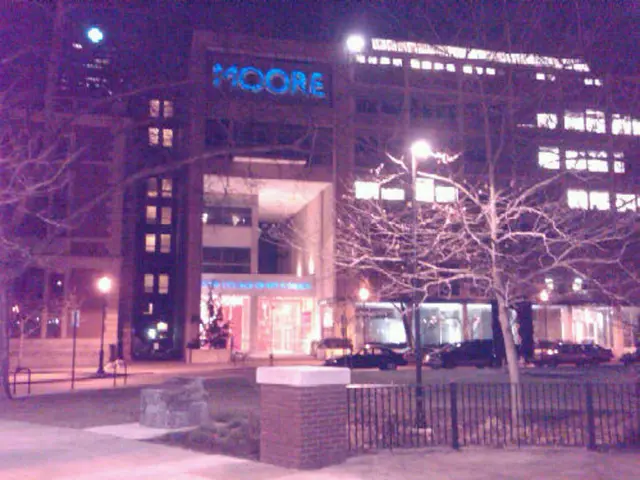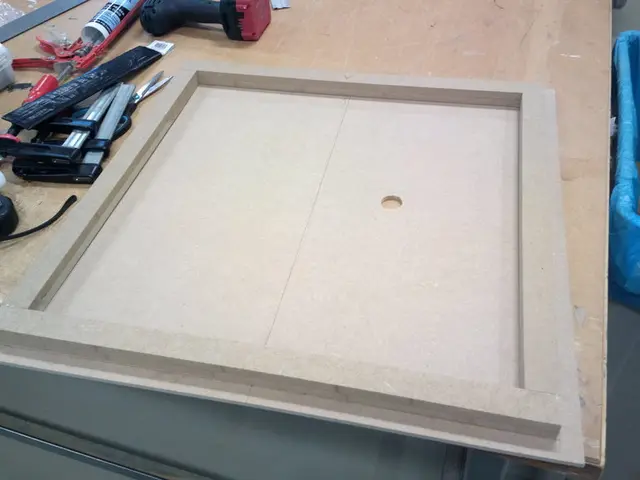Construction or renovation of a restaurant: Essential tasks for a general contractor
Streamlining Restaurant Renovations: The Importance of a Comprehensive Checklist
A well-structured checklist is an essential tool for general contractors overseeing the construction or renovation of dining establishments. Known as the Restaurant Renovation Checklist, this guide offers a systematic approach to managing all critical tasks, from initial planning to final touches.
The purpose and significance of this checklist lie in ensuring the project is completed efficiently, on time, within budget, and compliant with all health and safety regulations.
Key reasons why this checklist is important include:
- Clear project scope and objective definition: It helps contractors and clients align expectations and avoid scope creep.
- Regulatory compliance: Ensures all permits are secured and local building, health, and safety codes are met to avoid costly violations or delays.
- Budget control: Regular expense tracking and early identification of budget variances prevent cost overruns.
- Quality assurance: Ongoing site inspections and progress monitoring maintain construction standards and schedule adherence.
- Risk mitigation: Anticipates zoning or site issues early on, preventing unexpected challenges during construction.
- Efficient communication and documentation: Establishes protocols for contractor communications, change orders, and record-keeping, enhancing accountability and transparency.
For restaurants specifically, this checklist ensures that essential features like proper ventilation, commercial-grade electrical systems, and kitchen design meet health department and operational standards vital to restaurant success. Additionally, structured checklists facilitate coordination with specialized contractors familiar with restaurant construction nuances, reducing errors and rework.
The checklist also emphasizes adhering to regulations that govern aspects like color schemes, seating arrangements, and lighting choices. This ensures that the interior design balances aesthetics with functionality, emphasizing traffic flow, entryways, and ambiance-enhancing elements.
Moreover, the checklist prioritizes site accessibility right from the design stage, encompassing delivery access, waste disposal, and emergency services. It also advises restaurant general contractors to adhere to local health and safety regulations, encompassing fire codes and sanitation standards.
A well-planned renovation offers key benefits such as improved functionality, enhanced ambiance, upgraded infrastructure, brand refresh, and an enhanced customer experience. To achieve this, careful consideration is given to the kitchen layout, ensuring sufficient lighting in both kitchen and dining areas, and outfitting the kitchen with essential firefighting equipment like fire extinguishers, sprinkler systems, and smoke detectors.
In conclusion, the Restaurant Renovation Checklist acts as a comprehensive project management tool for general contractors to deliver a safe, functional, and compliant restaurant space efficiently while minimizing risks, delays, and unexpected costs. By following this checklist, contractors can navigate the intricacies of restaurant construction projects, ensuring regulatory compliance, design aesthetics, and safety measures.
In the context of improving a restaurant's lifestyle, a well-structured checklist like the Restaurant Renovation Checklist can ensure that food-and-drink establishment's projects are managed efficiently while maintaining home-and-garden elements like proper ventilation, lighting, and color schemes. This focus on essential features not only enhances the overall aesthetic of the restaurant but also guarantees the health department and operational standards crucial to its success. By adhering to the checklist's guidelines, general contractors can align restaurant renovation projects with both functional and aesthetic project management, ultimately catering to a delightful dining experience for customers.







